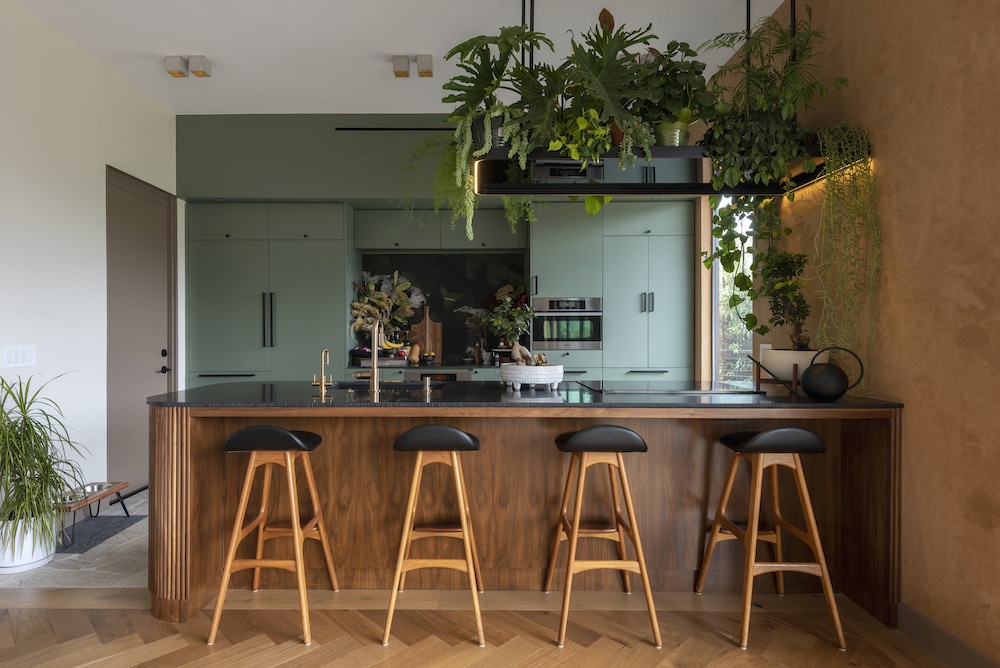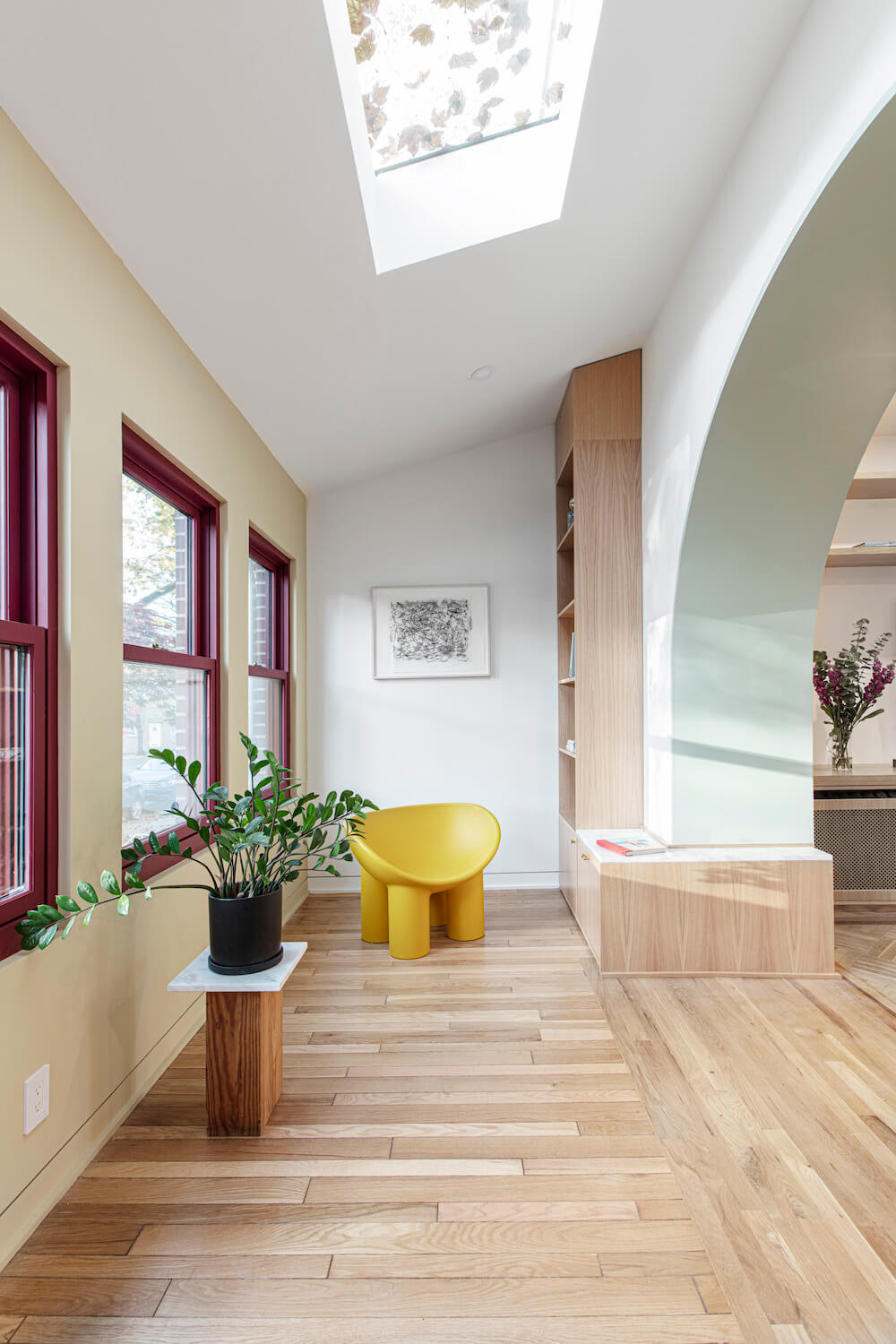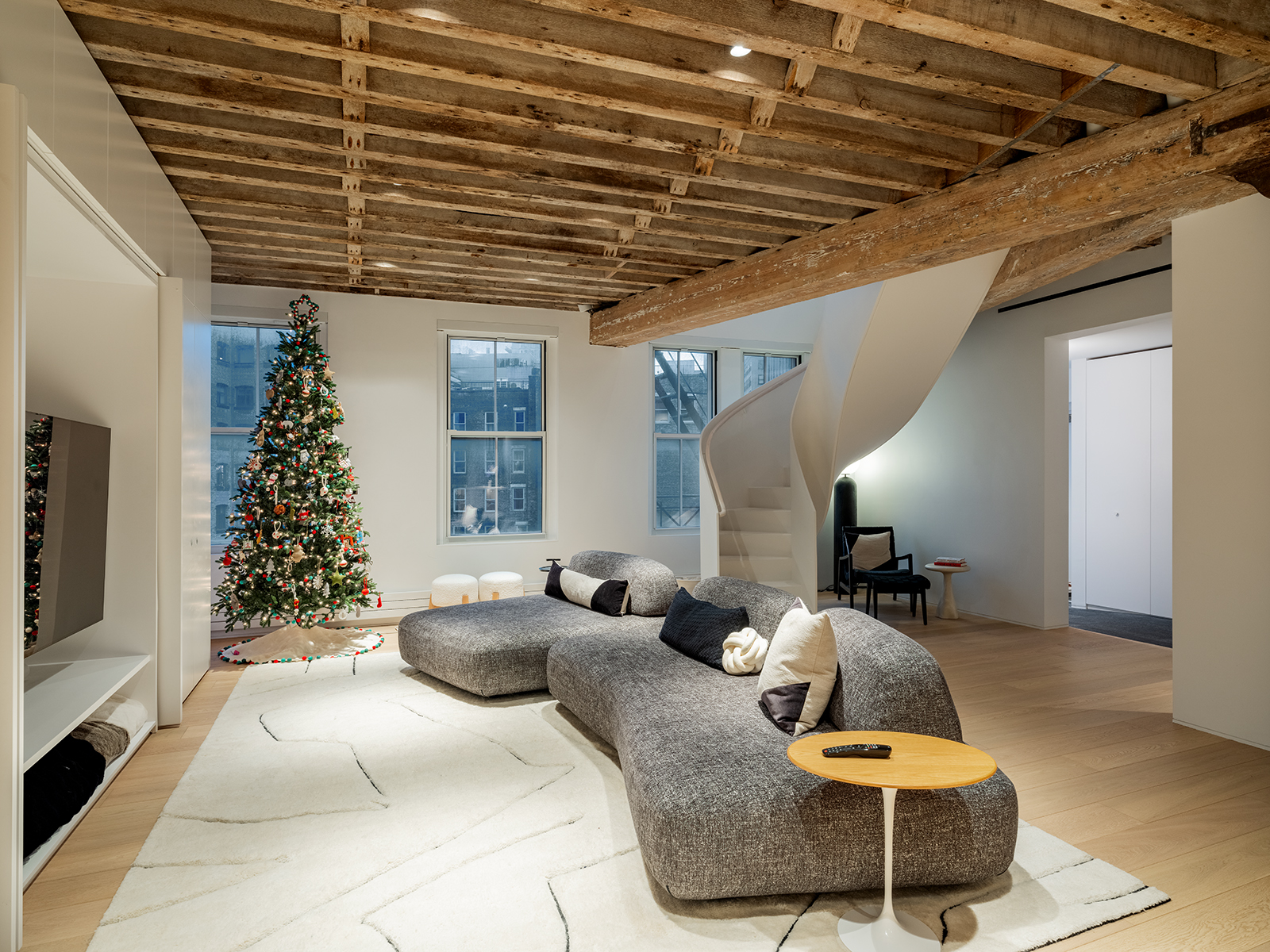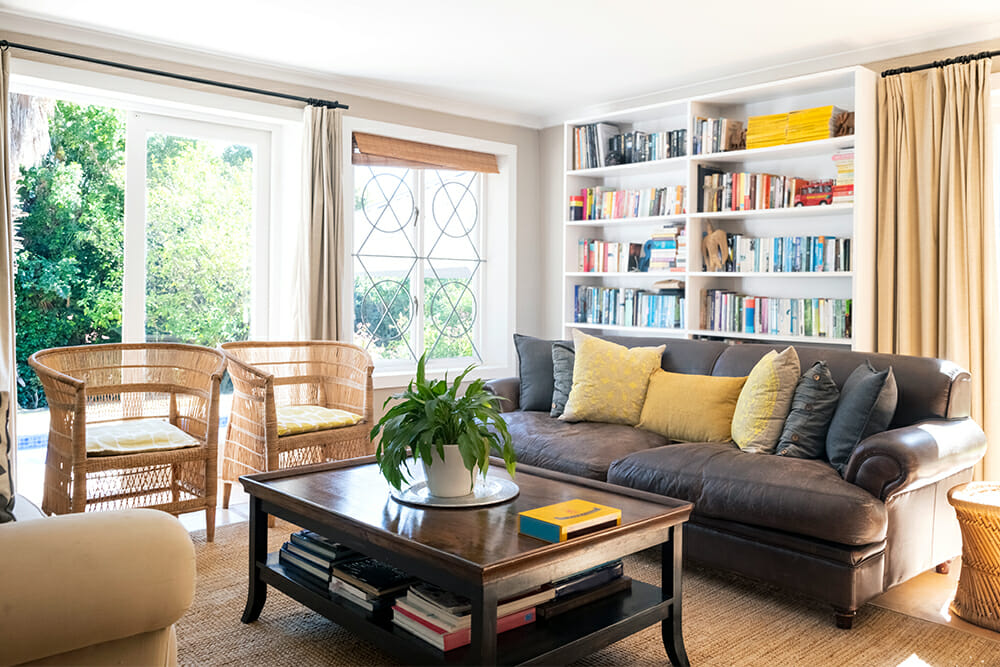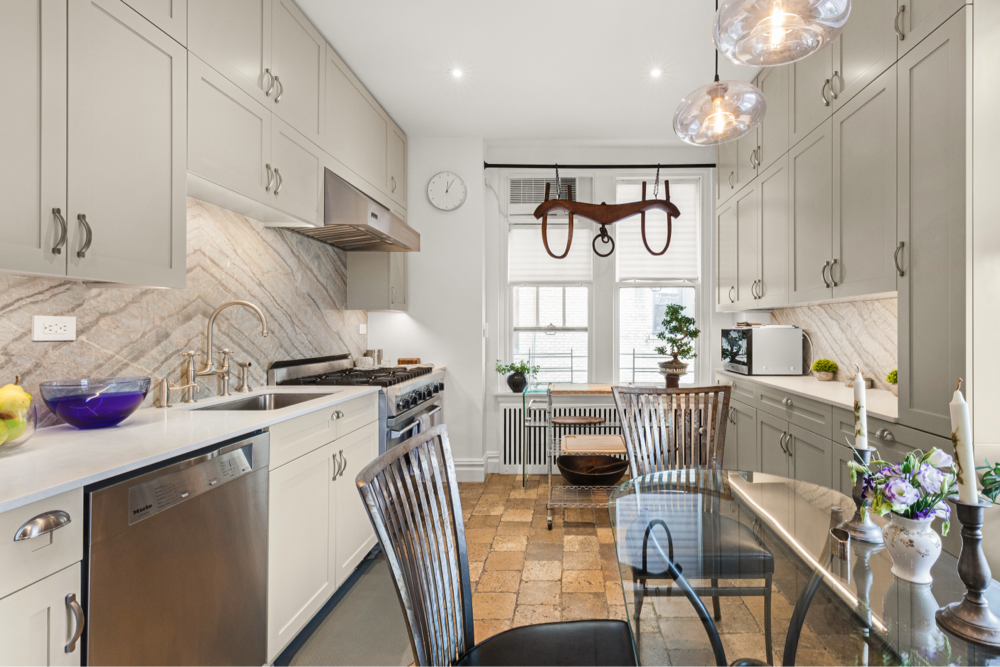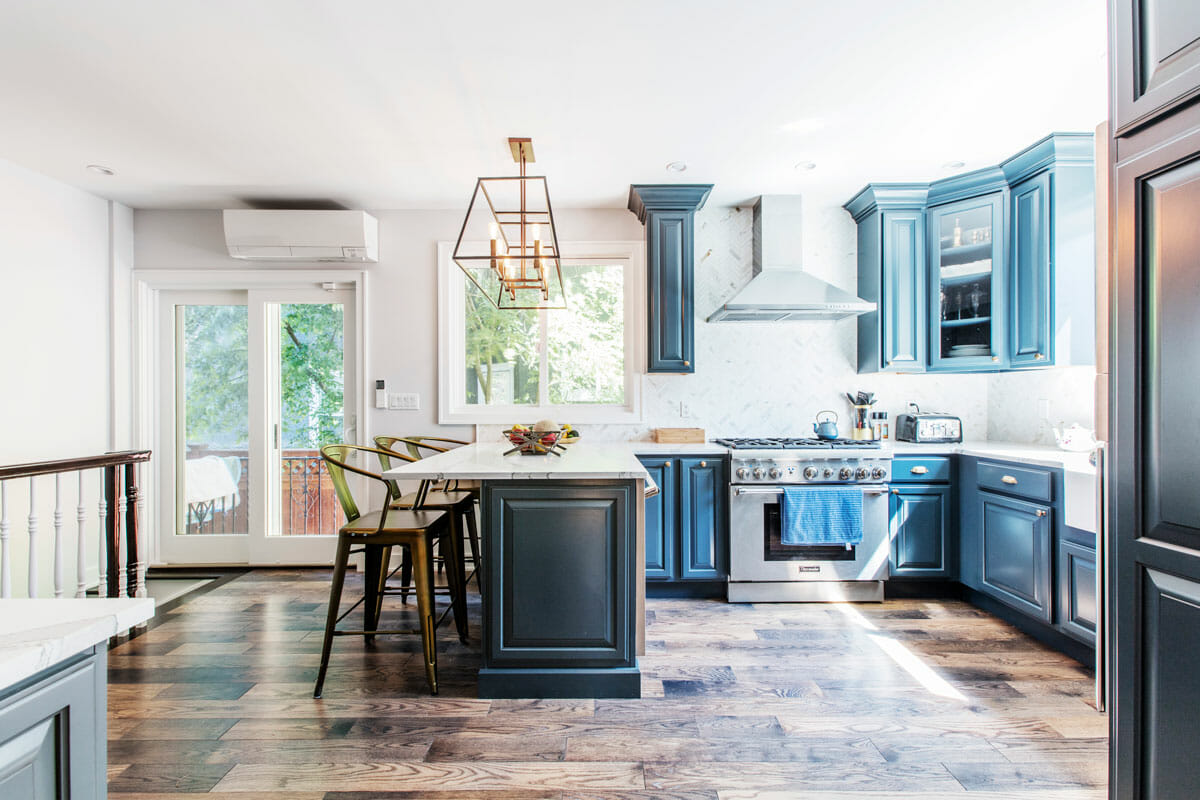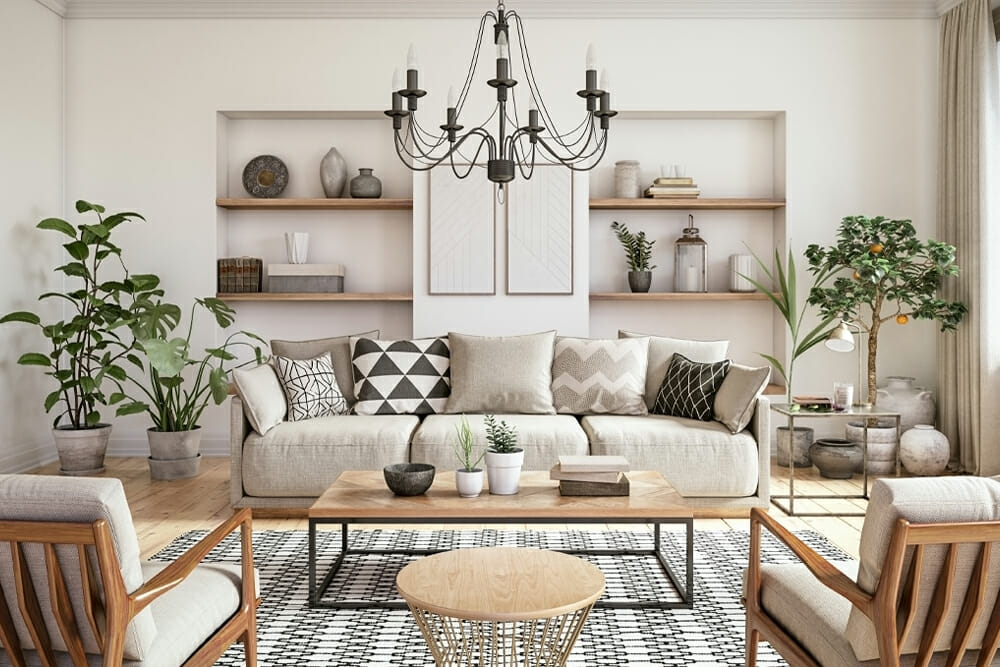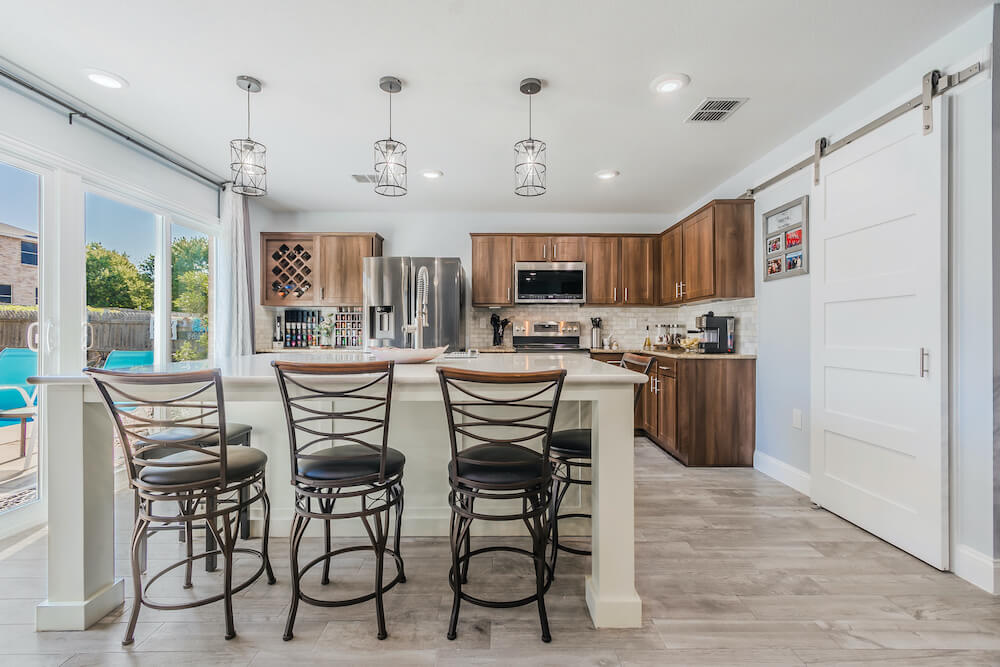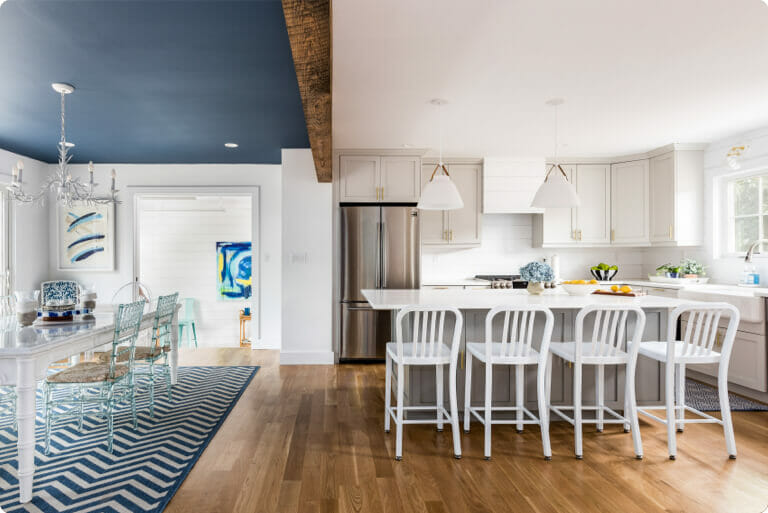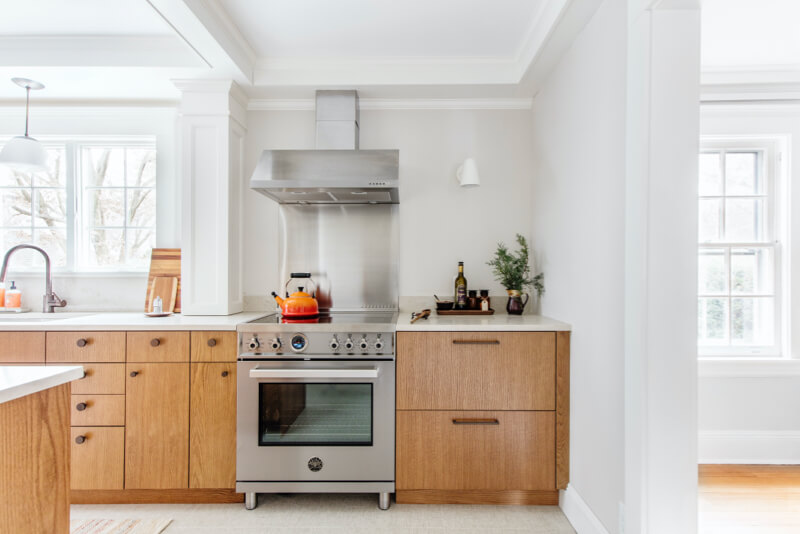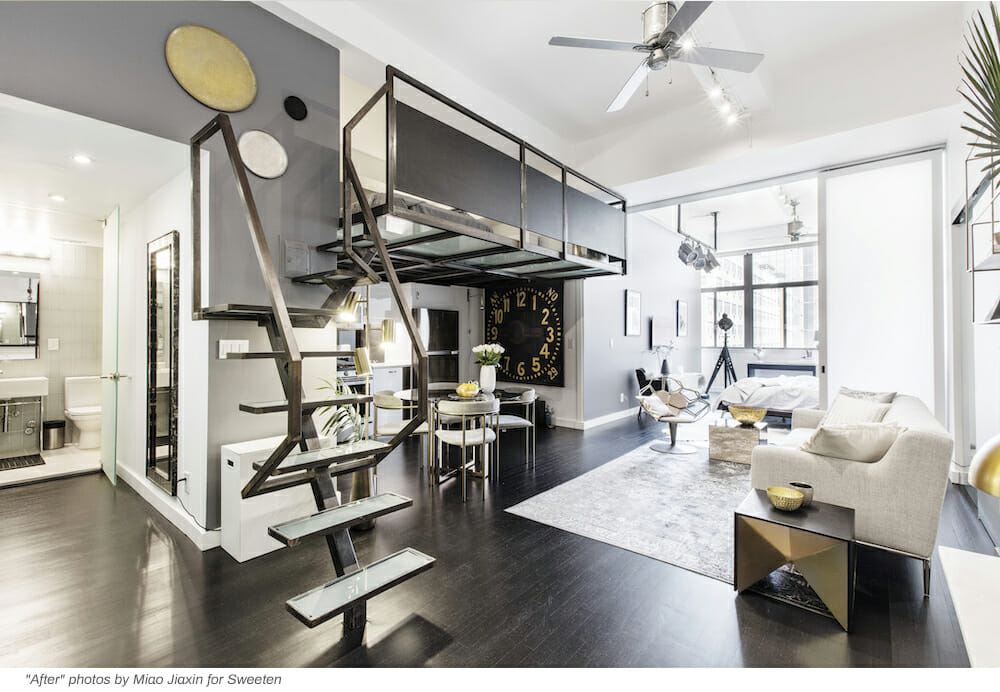Budget Basics: Interior Painting Costs in 2025
The cost to paint the interior of your home depends on several key factors—including the project’s complexity.
Chances are you’ve tackled a paint job before. Interior painting is often considered a straightforward DIY task, making it an attractive option for budget-conscious homeowners. After all, it seems like all you need is some paint, basic tools, and time. But hiring a professional can be well worth the investment—especially if painting is just one part of a broader home renovation. So, why does pricing vary so much, and how do you decide whether to DIY or hire out? Let’s break it down.
Costs for Painting by the Gallon & Necessary Equipment
Paint comes in a wide range of prices and qualities. Trusted brands like Benjamin Moore, Behr, Valspar, and Sherwin-Williams offer solid options for around $30–$50 per gallon. Looking to splurge? Premium brands like Farrow & Ball or Fine Paints of Europe can run over $100 per gallon.
Don’t forget the primer—especially important for fresh walls or drastic color changes—which generally costs about the same as the paint itself. As for supplies, they’re a small but necessary expense. Expect to pay:
- $3–$10 per quality brush
- $10–$20 for roller kits
- Around $40 for a large roll of painter’s paper or plastic tarp for surface protection
While these items are affordable, the cumulative cost can add up if you’re starting from scratch.
Post your project on Sweeten for free and make your dream renovation a reality. Sweeten simplifies home renovation by connecting homeowners with top-rated general contractors, handling the vetting process and project management. To learn more about how we can help, check out our home renovation services.
Variables That’ll Impact Costs to Paint a Home’s Interior
Here’s where the pricing gets more nuanced. Like most renovation work, interior painting is highly site-specific. Older homes or apartments—think ornate moldings, paneling, or rounded walls—often cost more to paint due to prep needs and intricate detail work.
Professional painters typically won’t provide a quote without first visiting the space. Why? They need to evaluate:
- Wall condition and how much surface prep is required
- Ceiling height, wall area, and trim complexity
- Quality expectations, ranging from basic rental to luxury-level finish
- Furniture or obstructions they’ll need to work around
- Presence of lead paint, which requires special handling
- Building access and restrictions (e.g., elevator scheduling, parking)
- Location, which affects travel and labor logistics
A small job in a remote location with complex walls may end up costing more than a large, straightforward job in an easily accessible home.
Also, smaller projects tend to cost more per square foot. If workers are only painting one room, idle time during drying periods can’t be offset by working in other areas. This inefficiency is baked into your quote. Sweeten brings homeowners an exceptional renovation experience by personally matching trusted general contractors to your project, while offering expert guidance and support—at no cost to you. Renovate expertly with Sweeten
Potential tariff impacts on pricing: One emerging cost factor to keep in mind is the impact of international trade tariffs, especially on imported paints or painting tools. If tariffs are imposed on raw materials like titanium dioxide (a common pigment in white paint), resin, or on foreign-made brushes and rollers, you may see price increases passed on to consumers. Similarly, luxury paints imported from Europe could become significantly more expensive if tariff rates rise. Staying informed about current trade policy is important, particularly if you’re budgeting for a large-scale renovation where material costs make up a larger share of expenses.
Labor Costs for Painting
Unlike some trades, painters are usually transparent about hourly rates. This helps demystify the labor portion of your estimate.
On average:
- Entry-level rates: $25–$30/hour
- Experienced professional painters: $50–$60/hour
- Specialized work (like skim-coating): $60–$80/hour
Knowing the labor rate and the estimated hours gives you a clearer picture of where your money is going. In most cases, your quote will be labor-heavy, especially if detailed prep is required.
Preparation Before Interior Painting Walls
Prep work is the unsung hero of a flawless paint job. The smoother the wall, the crisper the lines—and the higher the price.
A higher-priced quote may include steps like:
- “Raking” the walls with light to spot imperfections
- Spackling, sanding, and smoothing wall surfaces
- Thorough cleaning for maximum paint adhesion
- Careful taping around trim and architectural details
On the flip side, a lower bid may cut corners by skipping some of this labor-intensive work, resulting in a quicker but less polished finish.
One major cost factor is skim-coating—a technique used to level textured or damaged walls. It involves applying multiple thin layers of compound and smoothing each out before moving to the next. Skim-coating is:
- Billed separately
- More expensive than painting (often $10–$20 more per hour)
- Time-consuming, often taking longer than the painting itself
If you’re unsure whether to skim-coat, prioritize areas that get a lot of natural light or where you’ll be using gloss or semi-gloss paints, which emphasize wall imperfections. For other spots, a less intensive prep might be enough.
Also, if lead paint is found, the project becomes more complex. Additional safety measures—such as specialized vacuums and containment zones—drive up both time and cost.
At Sweeten, we’re experts at all things general contractors. Here’s how Sweeten works: We pre-screen them for our network, carefully select the best ones for your remodeling project, and work closely with hundreds of general contractors every day.
Review Surfaces and Walls Before Beginning to Paint
Before requesting quotes, walk through your space and take stock of the walls. Are they smooth? Do they need patching? Is the space empty, or will workers need to move around large furniture? Are there ornate trim details or contrasting colors planned?
-
A simple room with clear access and minimal damage may only take a day or two
-
A multi-room home with diverse surfaces, furniture, and extensive prep can take several weeks
Taking time to evaluate your home before calling a painter will help you manage expectations, plan your budget, and understand why one bid might be significantly higher than another.
We Can Help Plan Your Renovation
Find endless home renovation inspiration, detailed guides, and practical cost breakdowns from our blogs. You can also post your project on Sweeten today and get matched with our vetted general contractors and get estimates for free!
